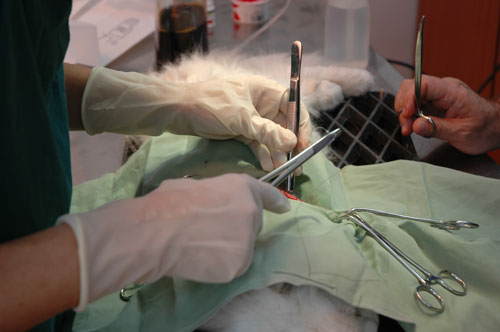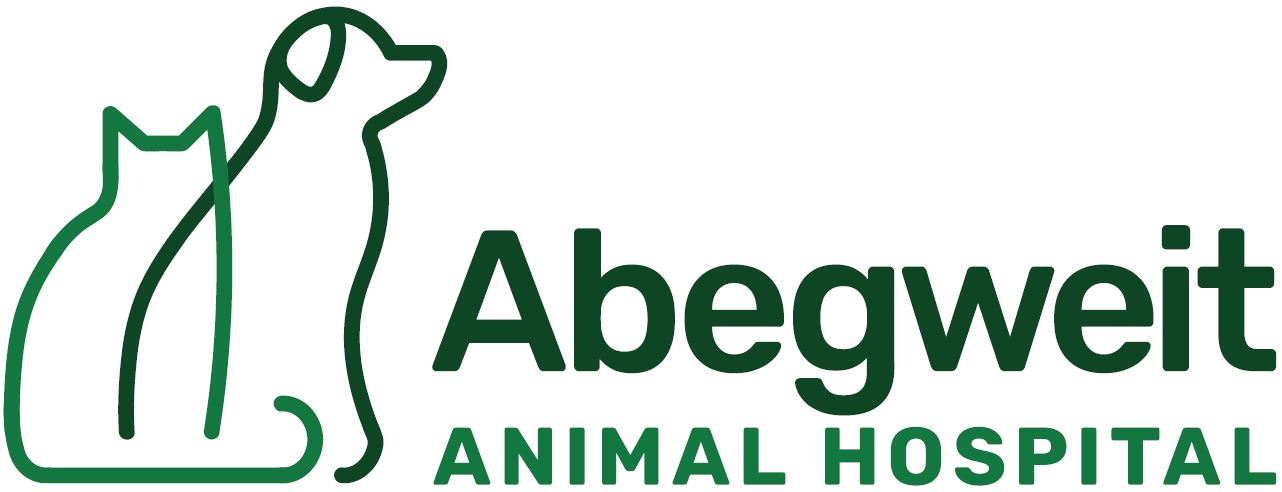Anesthesia and Patient Monitoring
Home » All Services » Anesthesia and Patient Monitoring
During surgery and other medical procedures, our team of veterinarians and veterinary technicians monitor all patients to ensure their safety.
We monitor every procedure, regardless of whether it’s routine or more advanced. The type of anesthesia we use depends on the procedure, some require general anesthesia, while others may only call for local anesthesia. For more specific information on our protocols, please see the individual descriptions or contact us with any questions.
Sometimes it is necessary to calm a nervous animal whether to examine him/her or to perform a minor procedure. This usually involves giving an injection or an oral medication a short time before the effect is desired. Many animals are simply nervous of the different surroundings in the clinic or do not like certain things being done to them (like having their nails trimmed). When they are relaxed they seem to tolerate procedures better.
Tranquilization is also sometimes given at home just before a stressful incident like a thunderstorm or prior to travel to reduce anxiety.
 During general anesthesia, our patients are monitored closely by a registered animal health technician for heart rate, body temperature, respiratory rate, and capillary refill time. We chart your pet’s statistics every 5 minutes from the moment he/she is anesthetized to the time when he or she wakes up. To assist the technician in monitoring your pet, a heart monitor is used to detect any abnormalities related to heart function. A pulse oximeter is used to measure the oxygen content in the blood system of your pet, and a blood pressure monitor is used to check the blood pressure. This continual monitoring allows us to intervene quickly in the event of an anesthetic related problem to ensure the safety of your pet.
During general anesthesia, our patients are monitored closely by a registered animal health technician for heart rate, body temperature, respiratory rate, and capillary refill time. We chart your pet’s statistics every 5 minutes from the moment he/she is anesthetized to the time when he or she wakes up. To assist the technician in monitoring your pet, a heart monitor is used to detect any abnormalities related to heart function. A pulse oximeter is used to measure the oxygen content in the blood system of your pet, and a blood pressure monitor is used to check the blood pressure. This continual monitoring allows us to intervene quickly in the event of an anesthetic related problem to ensure the safety of your pet.

General anesthesia is a major part of our duties, especially in relation to surgeries. General anesthesia allows us to perform surgery or other procedures while having the pet feel no discomfort. General anesthesia involves administering certain drugs to calmly induce this “sleep” state and maintain the state via the anesthetic machine. The depth and duration of the anesthetic can be carefully controlled by this machine. When the surgery is over, your pet will be moved to recovery, where he/she will enjoy a warm and comfortable bed, in which they will gradually awaken over the course of the day.


